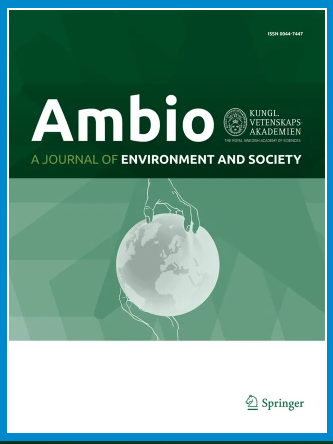A social–ecological approach for identifying and mapping ecosystem service trade-offs and conservation priorities in peri-urban areas
Abstract
Considering both ecological and social dimensions in the assessment of ecosystem services (ESs) can facilitate acceptable and inclusive management strategies, especially in peri-urban areas characterized by intricate human–ecosystem interactions. A limited body of research, however, has mapped the plural values of ESs and their different types of trade-offs in such areas. This research aimed to execute an interdisciplinary analysis of the biophysical and social values of ESs in peri-urban Shanghai, China, through a social–ecological approach that integrates spatial biophysical assessment with participatory mapping. Trade-off analysis in both ES types and ES valuations were then conducted, and multicriteria decision-making was applied for conservation. Our results reveal that trade-off intensities were lower within the social values compared to the biophysical values. Within both value dimensions, relatively stronger trade-offs were found between food production and other ESs. Areas with both high biophysical and social values were infrequently observed across ESs. Based on the characteristics of diverse values, our study identified priority conservation areas and provided management implications. We argue that adopting the integrated social–ecological perspective in sustainable environmental management contributes to the realization of harmonious coexistence between people and nature in peri-urban areas.


 求助内容:
求助内容: 应助结果提醒方式:
应助结果提醒方式:


